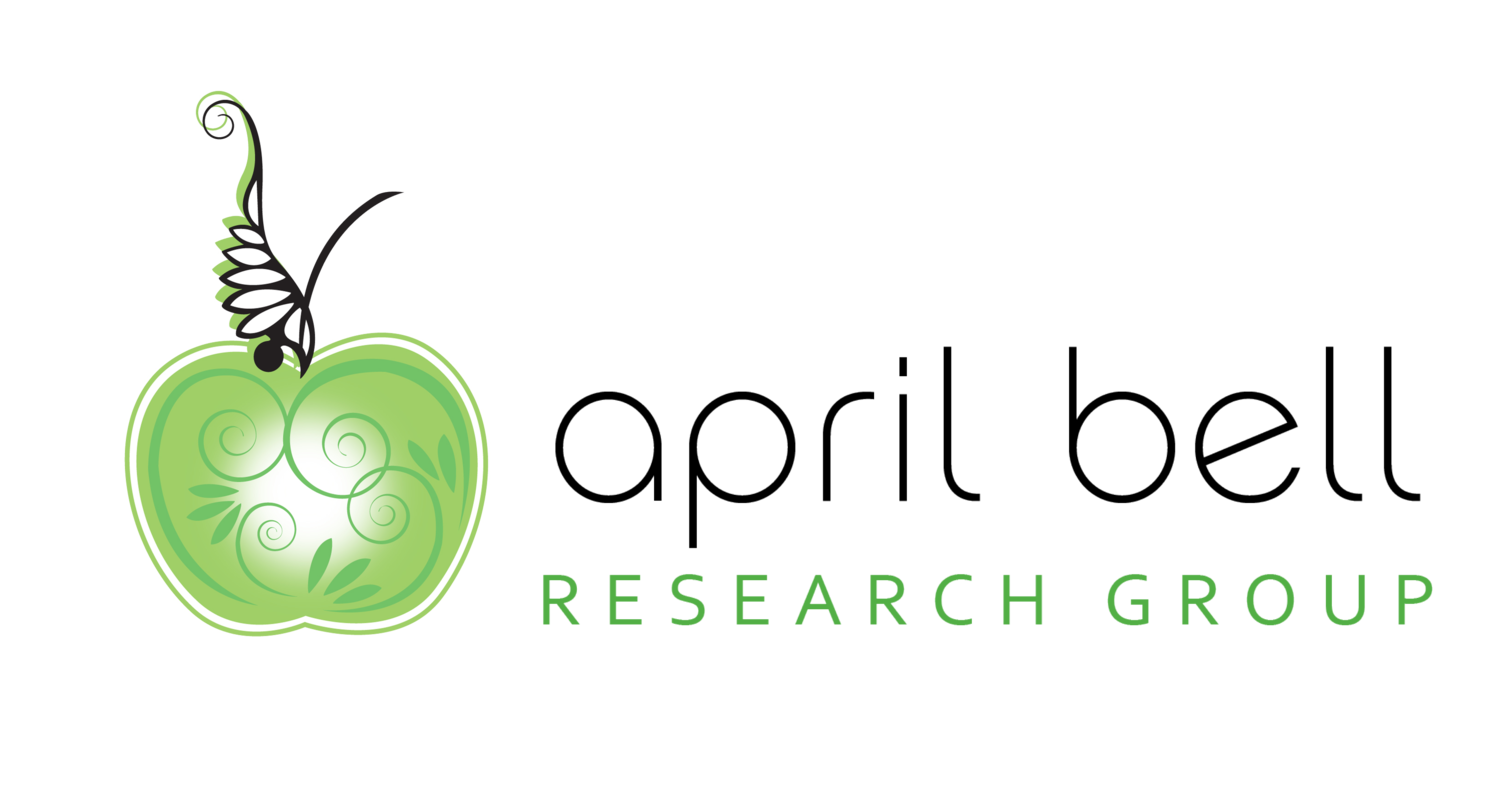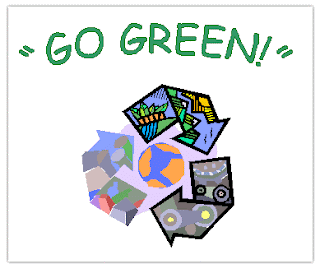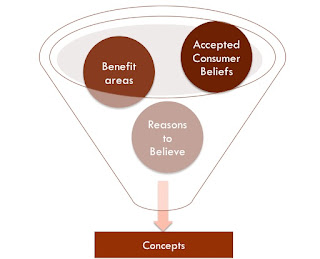
“All items 50% off”, “Buy one, get one FREE”, “Buy one sweater, get the second at 25% off”. We’re getting used to seeing signs like this in store windows these days. Retailers are doing whatever they can to entice customers to come in and spend their precious hoarded dollars.
They might need to get more creative, because recent Yankelovich poll reveals that discounting prices can discount the brand. Seventy percent of respondents say that when they see the price on a product deeply discounted, they think the product must have been overpriced in the first place. And 62 percent said they assumed deep discounts meant they were either trying to get rid of the overstock or that the product was out of date.
The old saying, “You get what you pay for” applies in the minds of many consumers. Sixty-four percent of those polled said that brands that didn’t discount their prices must either be extremely popular or of good value. Take designer jeans for example, women are willing to pay up to $200-300 for the must-have brand name jean that fits like a glove. But if they start seeing those jeans at a discount store or on the half price rack, they start to wonder if maybe that designer is not the must have anymore. In other words, the consumer begins to question the value of the item…..the value money wise, quality wise and popularity wise.
Another potential danger with huge discounts, is consumers will start expecting the products to be discounted more, and will wait on the discounts before buying. Starbucks used to have an Annual Brewing Sale where they would slash prices on their high-end coffeemakers and espresso machines.
Customer perception turned into “Why should I pay $250, when the real value must only be $200?” So customers stopped buying year-round and waited to buy only during the famous annual sale.
So again, rather than deep discounts, brands need to get more creative. Instead of lowering the price of that expensive coffeemaker, Starbucks should give away a free half-pound of coffee with the purchase of the coffeemaker. The key is to entice the customer without discounting the brand.








